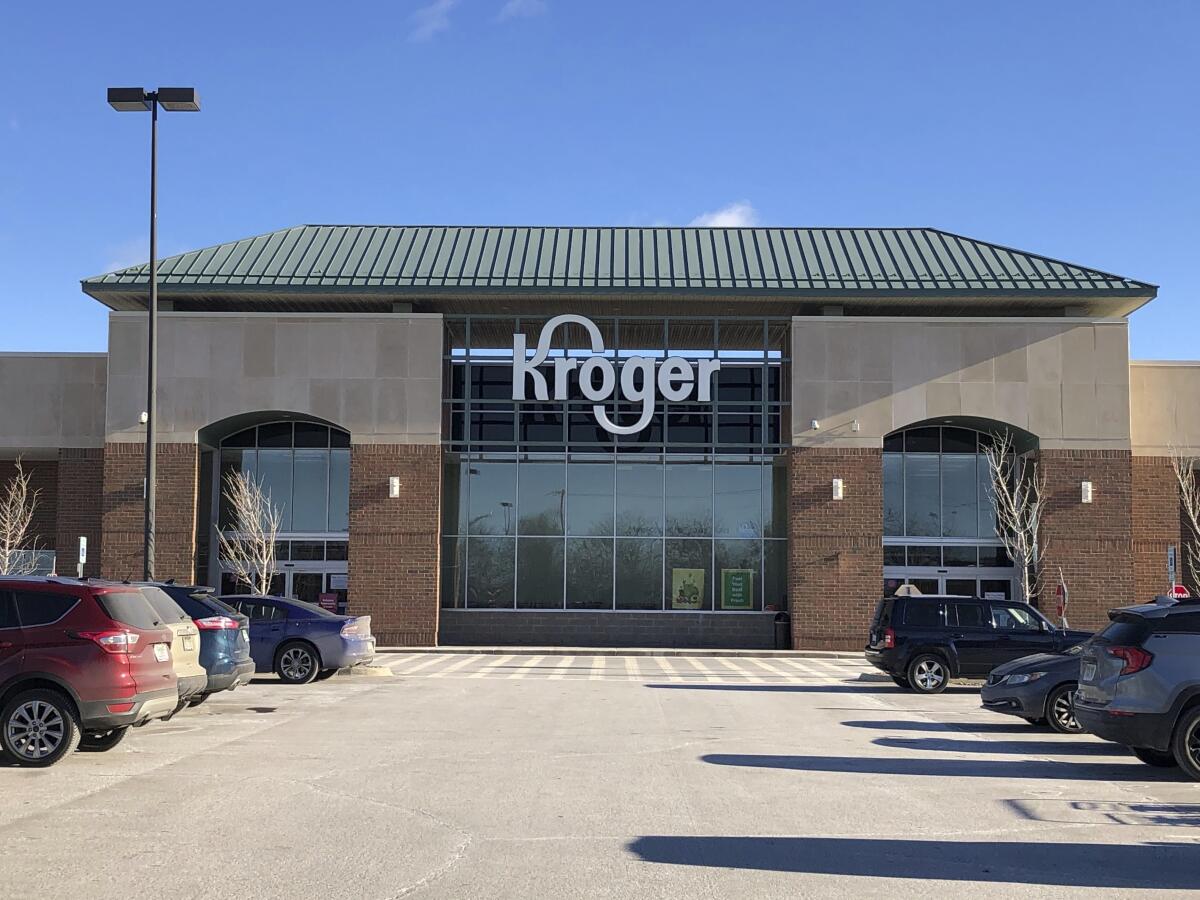Kroger-Albertsons rival coveted top brands, got ‘worst chains’

The company that has agreed to buy almost 600 divested stores from Kroger Co. and Albertsons Cos. told antitrust enforcers last year that the grocers should be forced to sell off the rights to one of their well-known brands like Safeway, Vons, Jewel-Osco or Tom Thumb.
In an October 2023 letter to California’s attorney general, C&S Grocery Wholesalers said it would be able to “compete more effectively” if it were able to obtain the exclusive rights to one of those banners and stores or distribution centers belonging to Albertsons rather than a mix of assets from both companies.
C&S didn’t end up getting what it wanted, instead gaining only limited rights to use the Safeway name in Arizona and Colorado. It also got four smaller supermarket banners — QFC and Haggen in Washington state, Mariano’s in Illinois and Carr’s in Alaska — a group that a C&S executive privately described to a colleague as Kroger’s “worst chains.”
C&S Chief Executive Officer Eric Winn confirmed the letter in testimony Friday in the Federal Trade Commission’s lawsuit to block Kroger from acquiring Albertsons.
The related sale of stores to C&S is crucial to the Kroger and Albertsons deal because the supermarkets say that C&S will be able to replace the competition lost by the tie-up of the two grocers.
Kroger and Albertsons agreed last year to sell 413 stores across the country to C&S, one of the U.S.’s largest grocery wholesalers, along with the banner rights. In April, the companies expanded the package so that C&S will buy 569 stores — 96 from Kroger and 483 from Albertsons — along with six distribution centers. The improved deal also gave C&S the rights to use the Haggen name, a supermarket chain in Washington state, and Safeway’s name in Colorado and Arizona.
Winn declined in court to say whether C&S asked for specific banners and said the company was excited about the brands it was acquiring. Kroger selected which assets it would divest to C&S, Winn said.
“There are any number of things” we asked for, he said. “We had a long negotiation.”
He acknowledged that C&S is primarily a wholesaler and currently operates only 23 stores, which account for less than 1% of the company’s $22 billion in annual revenue. But he said the company is committed to operating the stores, even though in the past C&S has purchased supermarkets and quickly resold them to others.
“We’ve invested time, money and people,” he said. “We’re not just going to do this. We’re going to do this really, really well.”
C&S is purchasing the stores for $2.9 billion. About $500 million of that is coming from Rick Cohen, the company’s chairman and owner, and $400 million more from Softbank Group Corp., Winn said. The remaining $2 billion is debt with loans from Wells Fargo & Co., Bank of America Corp. and Blue Owl Capital Corp., he said.
Under questioning by the FTC, Winn acknowledged that the company’s promise not to close any stores as a result of the merger isn’t enforceable and C&S could choose to close stores later for “poor performance” as it has in Wisconsin with a chain it bought in 2021.
In 2022, C&S bought 12 stores in New York being divested from Tops Friendly Markets as part of an acquisition of Price Chopper Inc. and changed the stores to the Grand Union banner. Mark McGowan, C&S’s president of retail, acknowledged that the stores continue to lose $1 million to $3 million annually, despite the company’s representations to the FTC in October last year that the stores have “always been profitable.”
In a text chain from 2021, a C&S salesperson joked to Alona Florenz, C&S’s head of corporate development, that the stores being acquired from Tops were “dogs” but C&S was buying them because it could lose money on operating them as retail stores “but make out on the wholesale side.”
“Haha,” Florenz responded. “Don’t say that or the FTC won’t approve it.”
C&S’s internal documents also raised questions about the company’s views of the assets it is getting from Kroger. In a November 2023 chat, a C&S employee questioned whether the company had looked into how QFC is perceived in the market.
“Kroger gave us their worst chains,” responded Florenz.
Florenz, who also testified Thursday and Friday in federal court in Portland, Ore., acknowledged that the company’s consultants advised C&S to “assess the QFC brand” and that “strengthening” the brands it’s getting will be “crucial.”
In another communication, a consultant from Bain & Co. Inc. suggested to Florenz that C&S consider selling some of the stores to independent supermarket retailers after acquiring them from Kroger.
“Yes just careful with FTC,” Florenz replied. “We want to say we can run them.”
Nylen writes for Bloomberg.
More to Read
Inside the business of entertainment
The Wide Shot brings you news, analysis and insights on everything from streaming wars to production — and what it all means for the future.
You may occasionally receive promotional content from the Los Angeles Times.










